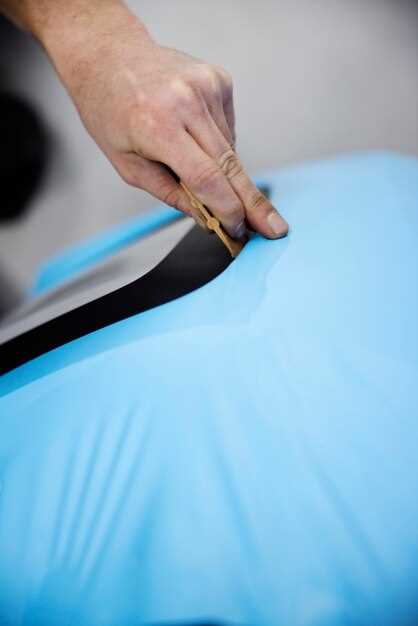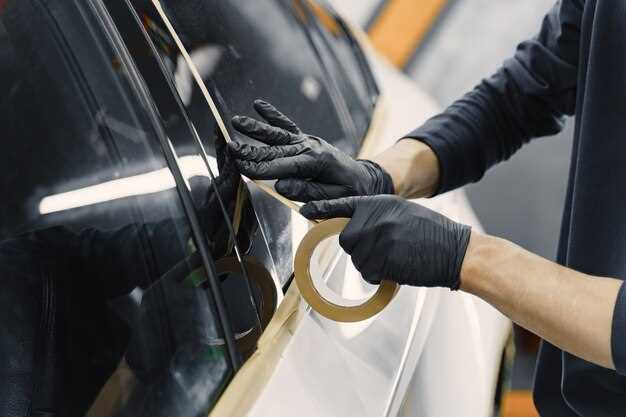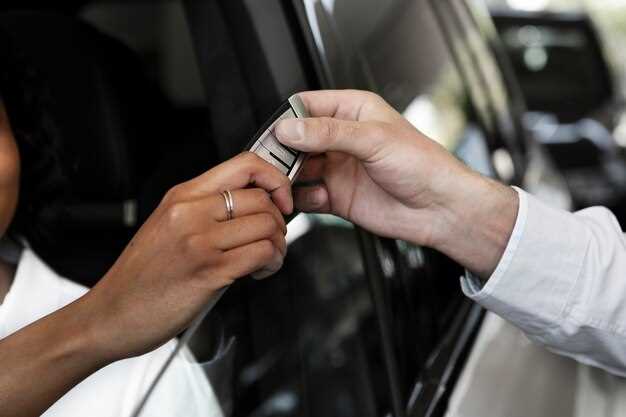
Every vehicle owner knows that scratches and dents on car doors are almost inevitable. Whether it’s a minor brush against a wall or an unfortunate encounter with a shopping cart, these blemishes can significantly affect the aesthetic appeal of your vehicle. Fortunately, addressing these imperfections doesn’t always require a trip to the auto body shop. With the right tools and techniques, many car owners can successfully repair scratches and dents themselves.
Understanding the nature of the damage is crucial before embarking on any repair work. Scratches can vary in depth, from surface blemishes that can be polished away to deeper marks that penetrate the paint layer. On the other hand, dents can range from small indentations to larger, more complex damages requiring specialized methods. By assessing the extent of the damage, you can determine the best approach for repair.
This guide will provide you with step-by-step instructions and tips on how to effectively fix scratches and dents on your car doors. From common household solutions to specialized products available on the market, you will learn how to restore your vehicle’s finish and protect it from further damage. Whether you are a seasoned DIY enthusiast or a novice, these techniques will empower you to tackle car door repairs with confidence.
Identifying the Type of Scratch and Dent Damage
Understanding the nature of scratches and dents on your car doors is the first step towards effective repair. Different types of damage require different approaches. Here’s how to identify various types of scratches and dents:
Types of Scratches
- Clear Coat Scratches: These are surface level scratches that only affect the clear coat layer. They can often be felt with your fingernail but do not penetrate the paint. These are relatively easy to fix with polishing compounds.
- Paint Scratches: These scratches penetrate through the clear coat to the paint layer underneath. They may appear as a different color or depth compared to the surrounding area. Repair often involves touch-up paint or respraying the affected area.
- Primer Scratches: These scratches go deeper, reaching the primer layer. Identifiable by their substantial depth, they usually require sanding, priming, and repainting for a complete repair.
- Metal Scratches: These are the deepest scratches that expose the metal beneath the paint and primer, leading to potential rust. They require extensive repair, including rust treatment and potentially complete panel repainting.
Types of Dents

- Shallow Dents: These are minor impressions that do not affect the paint. They can often be removed using paintless dent repair techniques, making them easier and less costly to fix.
- Deep Dents: These dents may impact the paint and metal structure of the door, requiring more extensive repair work. Depending on severity, body filler and repainting might be necessary.
- Creased Dents: These are serious dents that create a line or crease in the metal. Repairing these typically involves reshaping the metal and possibly repainting to restore the original finish.
Assessment Tips
- Inspect the damage in well-lit conditions to assess depth and severity.
- Run your fingernail over the scratches to determine if they are superficial or deeper.
- Look for any paint loss or discoloration around the scratch or dent.
- Check for any signs of rust, especially in deeper scratches or dents that expose metal.
Identifying the precise type of scratch or dent on your car door will help you decide on the most effective repair method, saving you time and money in the long run.
Step-by-Step Process for Repairing Shallow Scratches

Begin by gathering the necessary materials: a microfiber cloth, car soap, water, rubbing compound, a soft applicator pad, touch-up paint, and a clear coat. Ensure your workspace is well-lit and free from dust.
Start by washing the affected area with car soap and water. This removes dirt and debris that could interfere with the repair process. After cleaning, dry the area thoroughly with a microfiber cloth.
Next, examine the scratch closely. If it is shallow and has not penetrated through the clear coat, proceed with a rubbing compound. Apply a small amount of the compound to an applicator pad and gently rub it onto the scratch in circular motions. This helps to polish the surface and blend the scratched area with the surrounding paint.
After applying the rubbing compound, wipe away any excess product with a clean microfiber cloth. Check your progress and repeat the process if necessary until the scratch is less visible.
If the scratch still remains, consider using touch-up paint. Match the paint exactly to your vehicle’s color code. Apply a tiny amount of paint directly into the scratch using a fine brush, allowing it to fill the damaged area. Be cautious to avoid applying too much.
Once the touch-up paint has dried, apply a clear coat over the repaired area to restore shine and protection. Allow the clear coat to dry fully as per the manufacturer’s instructions.
Finally, polish the area to ensure a smooth finish. Use a clean microfiber cloth with a polish designed for automotive finishes to buff the surface. This step enhances shine and helps blend the repair with the original paint.
Techniques for Removing Dents Without Paint Damage
Removing dents from car doors without damaging the paint is a valuable skill for car enthusiasts and everyday vehicle owners alike. There are several effective techniques that can be utilized to restore the original shape of the metal without requiring a trip to the body shop.
1. Boiling Water Method
One common technique is the boiling water method. Begin by boiling water and carefully pouring it over the dented area. This heat will help soften the plastic or metal, making it more malleable. After applying the hot water, use a plunger to pull the dent outward. The suction created by the plunger can often pop the dent back into place. Once finished, pour cold water over the area to help it set back into its original shape.
2. Dry Ice Technique
The dry ice method utilizes rapid temperature changes to remove dents. First, wear protective gloves when handling dry ice. Place a piece of dry ice directly on the dent and leave it there for a few minutes. The extreme cold can cause the metal to contract, possibly releasing the dent. Be cautious with this method to avoid damaging the paint due to extreme temperature changes.
3. Hair Dryer and Aluminum Foil
This technique involves a hair dryer and aluminum foil. First, use the hair dryer to heat the dented area for approximately 30 seconds, ensuring the paint does not get too hot. After heating, quickly place a piece of aluminum foil over the area and spray it with a can of compressed air while holding it upside down. The rapid cooling can create a reaction that may pop the dent back out.
4. PDR Kits
Paintless dent repair (PDR) kits are specialized tools designed to remove dents without damaging the paint. These kits include various tools such as rods and glue pullers. Using these tools, you can carefully push or pull the dent from behind the panel or use adhesive tabs to draw the dent out from the surface. This method is effective, but it may require practice to master.
5. Heat Gun and Cold Spray Combination
Using a heat gun, gently warm the dented area, being careful not to overheat the paint. Once warmed, immediately apply a cold spray to the area. Just like with dry ice, the drastic temperature change can cause the metal to contract, potentially removing the dent without affecting the paint.
Each of these techniques can be effective depending on the type and location of the dent. It is crucial to proceed with caution and test these methods on a small area first to ensure that the paint remains intact throughout the process.





